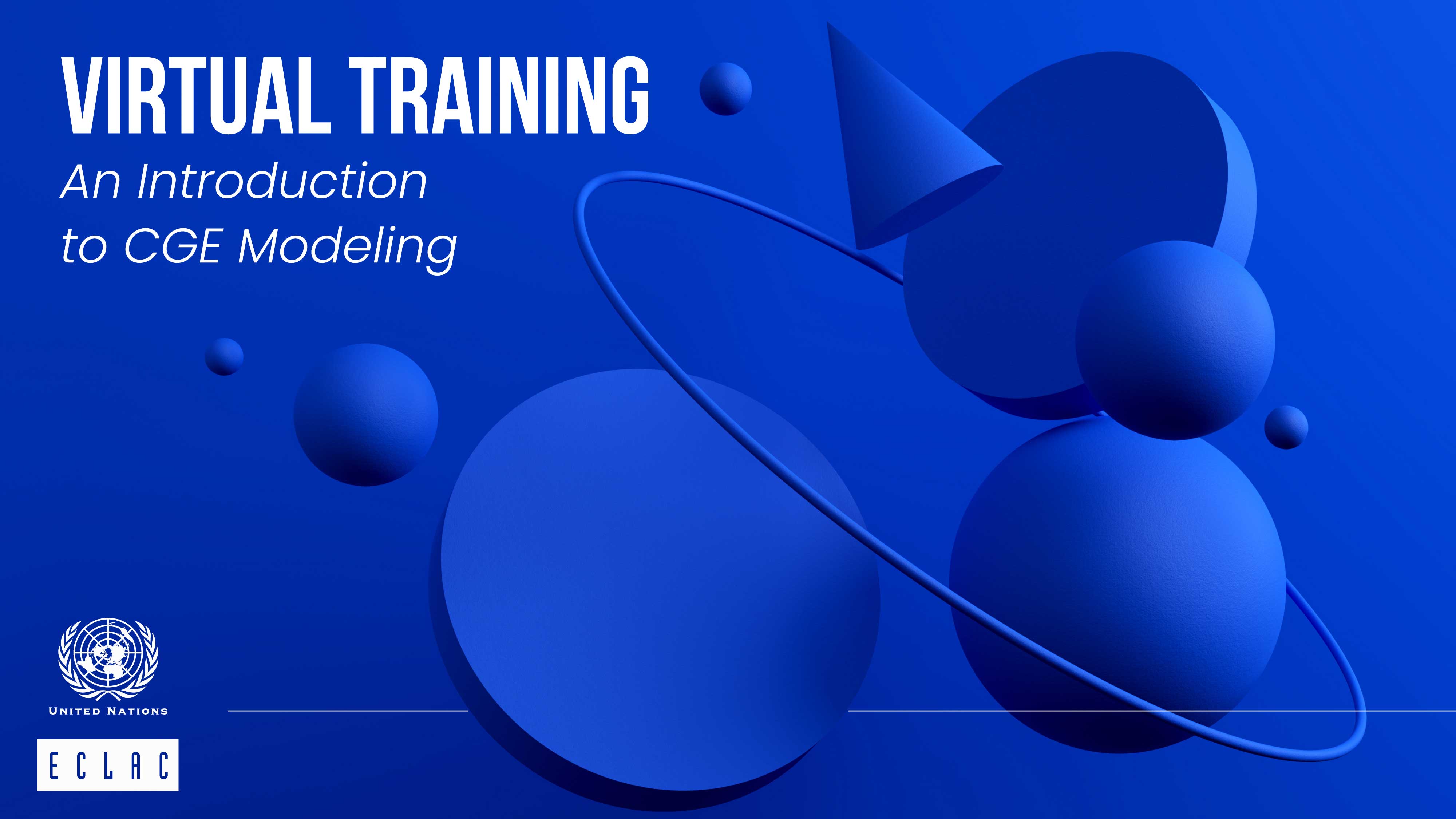An Introduction To CGE Modeling focus upon trade and tax policy
Área(s) de trabajo
Resumen
An Introduction to CGE Modeling is designed to introduce fundamental concepts and practices of tax and trade policy assessment. The primary tool used is Computable General Equilibrium (CGE) modelling.
The workshop will be a brief introduction to the practice of economic impact analysis, and a presentation of how CGE models are used to provide evidence-based analysis for Caribbean countries. The presentations will explain standard economic theory behind general equilibrium and will provide examples of CGE applications for tax policy and international trade analysis.
Información del evento

Fecha
7 - 08 Oct 2024, 08:00 - 10:00Tipo de evento
Participación
The most common CGE modelling software is GAMS/MPSGE. Several small examples, or “maquettes” will be used as exercises in order to provide an interactive experience with CGE modelling for the participants. Links to download GAMS/MPSGE will be provided. A restricted version of the software is available free of charge.
To finalize the workshop, two real-world models will be presented. One model designed for trade policy analysis; and another designed for tax policy analysis. These models are large and complex, so only selected policy experiments will be conducted during the workshop.
Información práctica
Facilitator:
Miles K. Light, Ph.D.
University of Colorado
Boulder, USA
Organized by:
UN ECLAC Sub Regional Headquarters for the Caribbean
With Support From:
United Nations Economic Commission for Latin America and the Caribbean (UNECLAC)
Dates:
October 7-8, 2024
11:00AM – 1:00PM Atlantic Standard Time (GMT-4)
Agenda
TRAINING OUTLINE
September 12, 2024:
Introductions and Overview of Economic Analysis using CGE
| 11:00 – 11:45 |
Presentation - What is a CGE Model? An overview and history of CGE models, in relation to other models. An itemization what they can (and cannot) be used for. |
||||||
|
11:45 – 12:00: |
Questions & Answers |
||||||
| 12:00 – 12:30: |
Interactive Demonstration: A 2x2x2 CGE Model and Tax Policy Experiment A simple CGE model is constructed on-site, and some basic economic analysis is done by the class. |
||||||
| 12:30 – 12:45: |
Real World: International Trade Example – Impact of an FTA We analyse the economic impact of a Free Trade Agreement, using a full-scale model, for a specific country in the Caribbean/Latin America. |
||||||
| 12:45 – 1:00: |
Real World: Tax Policy Example We use a CGE model to determine how taxes much change, in order to hit a specific revenue target – in the presence of tax avoidance. The deadweight loss is calculated for different levels of revenue and different tax instruments. |
||||||
Sede(s) subregional(es) y oficina(s)
Adjunto(s)
Enlace(s) relacionado(s)
Institución organizadora
ECLAC Subregional Headquarters for the Caribbean
- http://www.cepal.org/en/headquarters-and-offices/eclac-caribbean
- (868)224-8000
Contacto
Aurélie Quiatol
- aurelie.quiatol@eclac.org
- (868) 224-8071